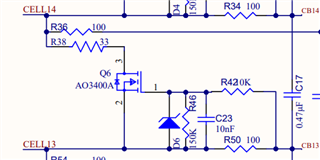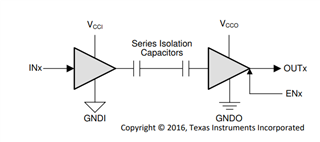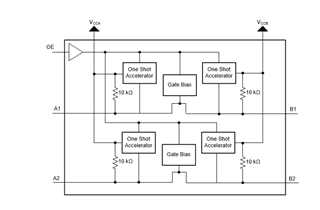Other Parts Discussed in Thread: BQ79616, TXS0102
Hi,
We're designing a system for 32S in which we've stacked two AFE's in daisy chain using capacitive coupling because both AFE's are on the same board.
And also we're using external cell balancing in both AFE's to avoid temperature rise due to internal cell balancing.
The BBP & BBN pins are used to measure the voltage drop across the current shunt resistor through which the the ADC value will be used to interpret the current in the MCU.
There are 4 resistors of 2 milliohm equivalent to 0.5 milliohm and the voltage drop at max current is 300mV which is well below the prescribed limit of 800mV at these pins.
Request you to review the schematic especially the external cell balancing circuit as there is very little information provided about it and then the daisy chain connection and termination of COMLP, COMLN of the base device and the COMHP, COMHN of the top device and also the current sense circuit and its drawbacks if any when the current flow is in both directions.
Awaiting your valuable response.
Thanks & Regards
Ibrahim




